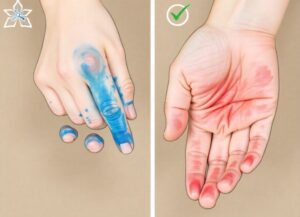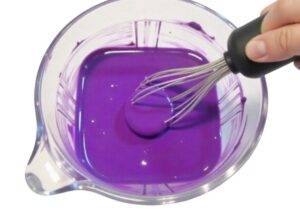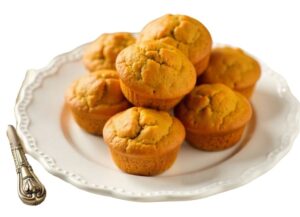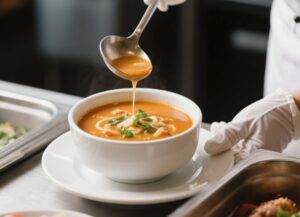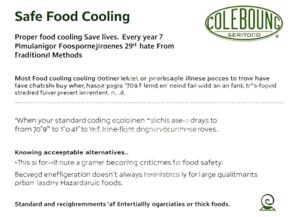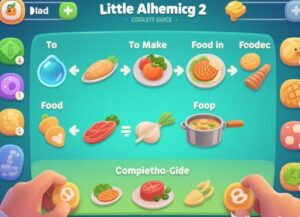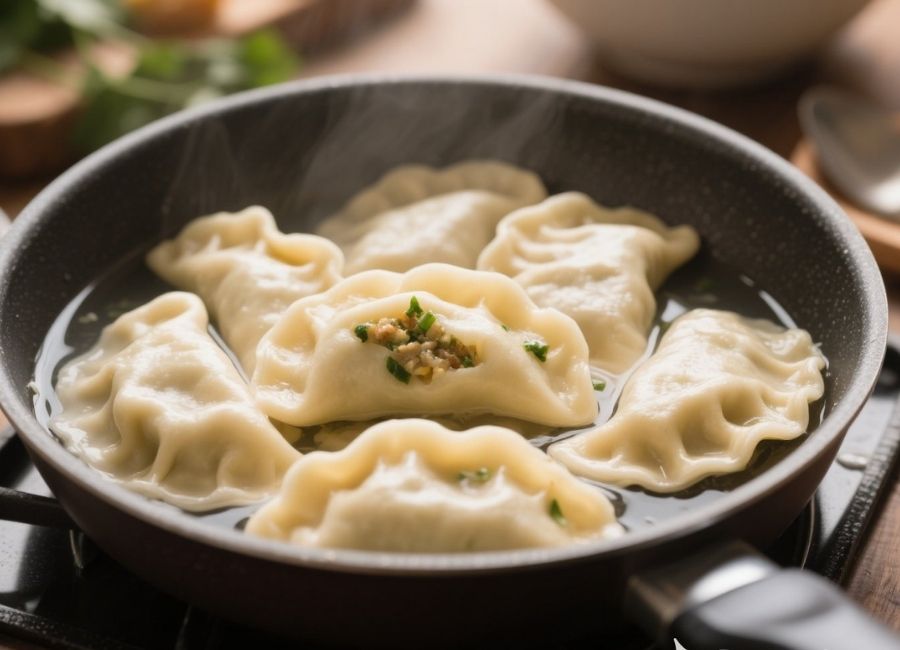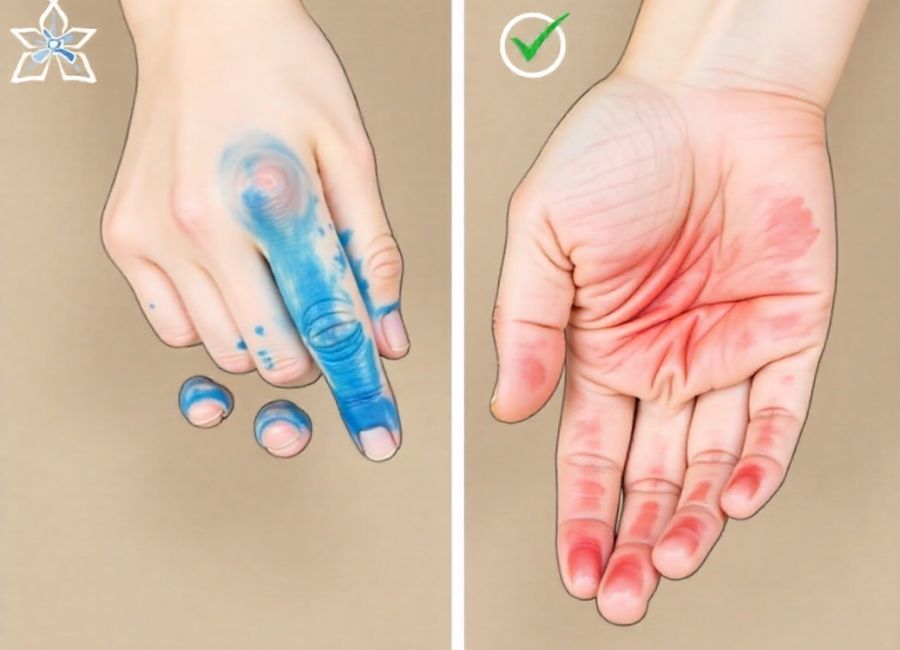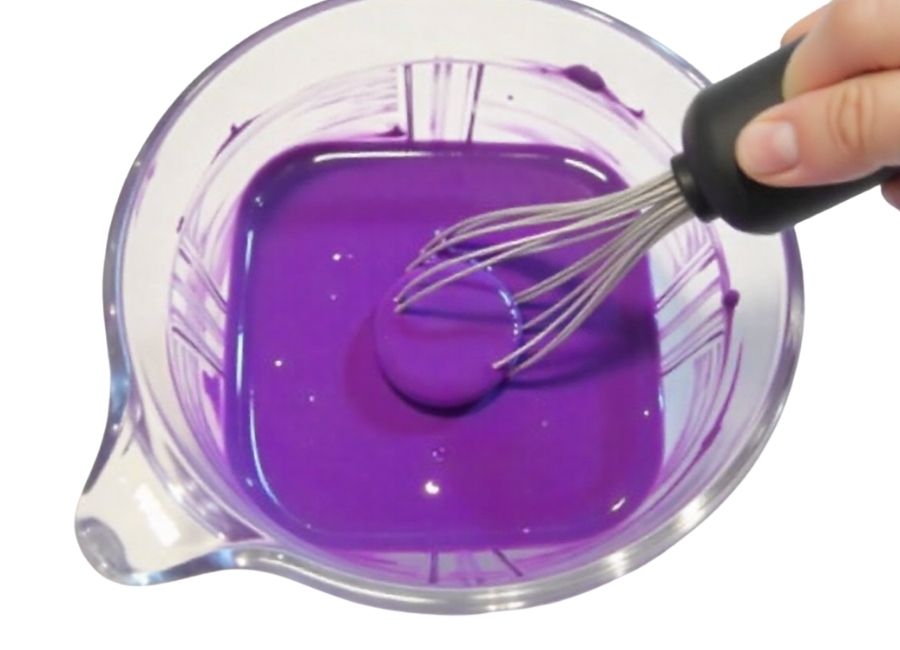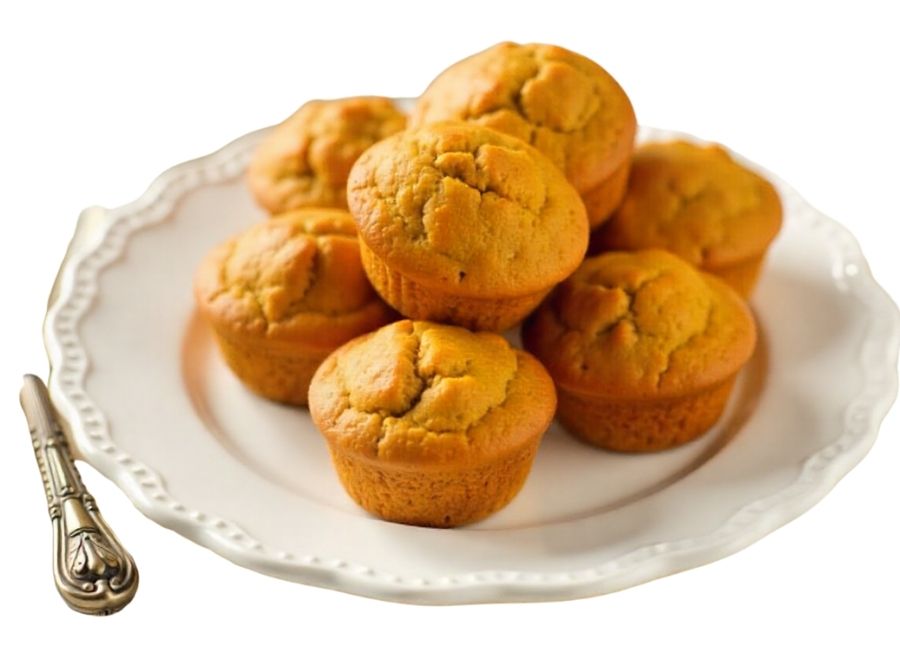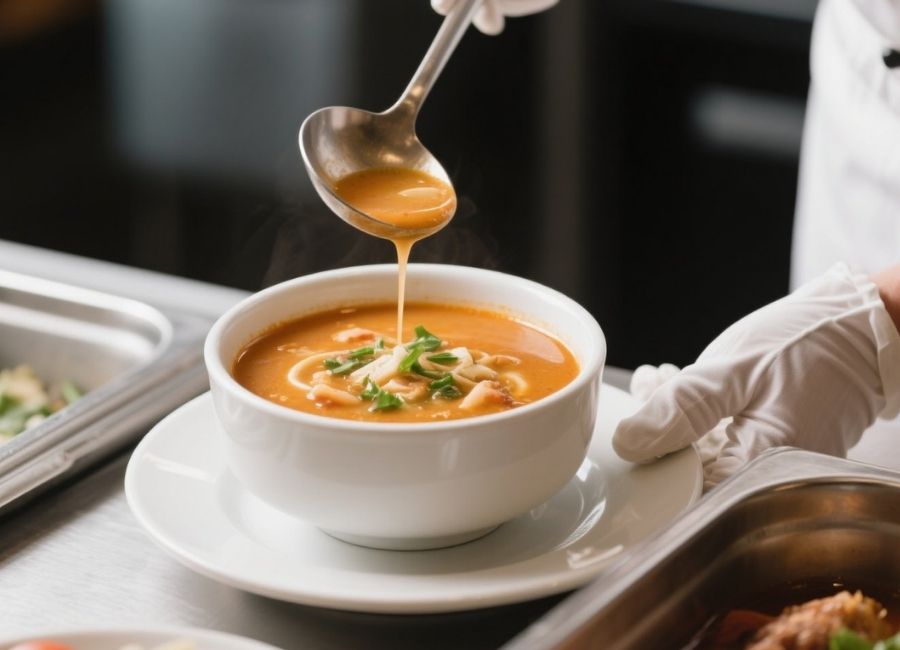Many comfort foods get a bad reputation when it comes to weight loss. It’s easy to assume that anything delicious, especially something with dough and filling, is off-limits. Pierogies often fall into this category. But do they have to be?
This guide breaks down whether boiled pierogies can fit into a healthy weight loss plan. We will look at their nutritional content and compare different preparation methods. By the end, you will have a clear understanding of how to enjoy this classic dish without derailing your health goals.
The Nutritional Profile of a Pierogi
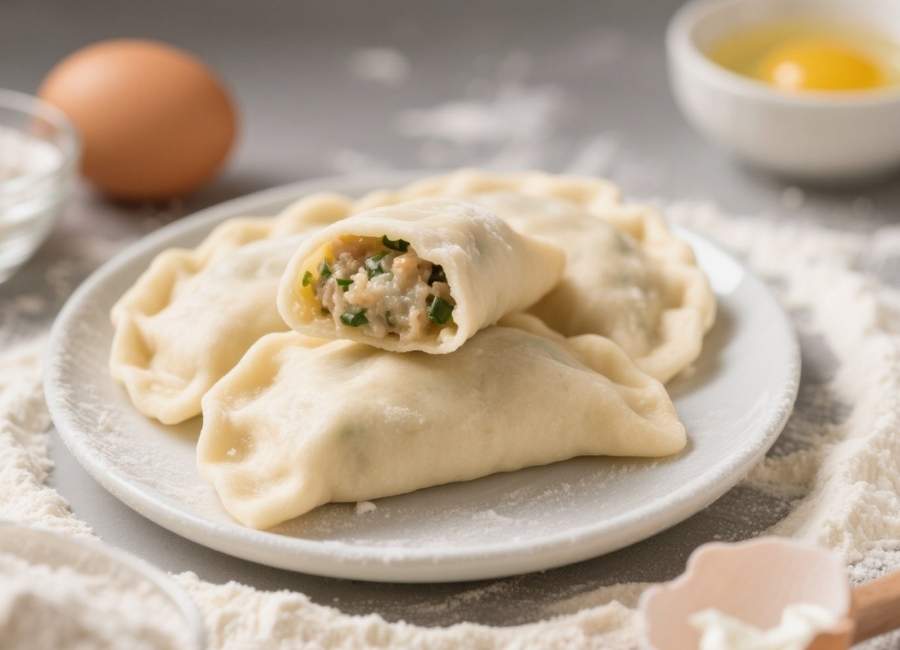
To determine if pierogies are good for weight loss, we first need to understand what’s in them. A standard pierogi consists of two main parts: the dough and the filling.
The Dough
The dough is typically made from simple ingredients: flour, water, eggs, and sometimes a little oil or sour cream. This combination is high in carbohydrates, which provide the body with energy. While carbs are often seen as a negative for weight loss, they are a necessary macronutrient. The key is portion control and the type of flour used. Whole wheat flour, for instance, adds fiber, which can help you feel full longer. (More satiety from bread: Rethinking flour types, 2025)
The Filling
The filling is where the nutritional content can vary the most. Traditional fillings include:
- Potato and Cheese: A classic combination that is high in carbs and fat. (Wolf & Nicki, n.d.)
- Sauerkraut and Mushroom: A lower-calorie option rich in vitamins and fiber. (Sauerkraut & Mushroom Pierogi by Severino Pasta Mfg., n.d.)
- Farmer’s Cheese (Twaróg): A protein-rich choice that can be very beneficial for satiety. (Farmer Cheese, n.d.)
- Meat: Often ground pork or beef, this adds significant protein but also fat. (How Many Calories in a Pierogi?, n.d.)
The filling you choose will have a major impact on the overall calorie and nutrient density of your meal.
Boiled vs. Fried: A Health Comparison
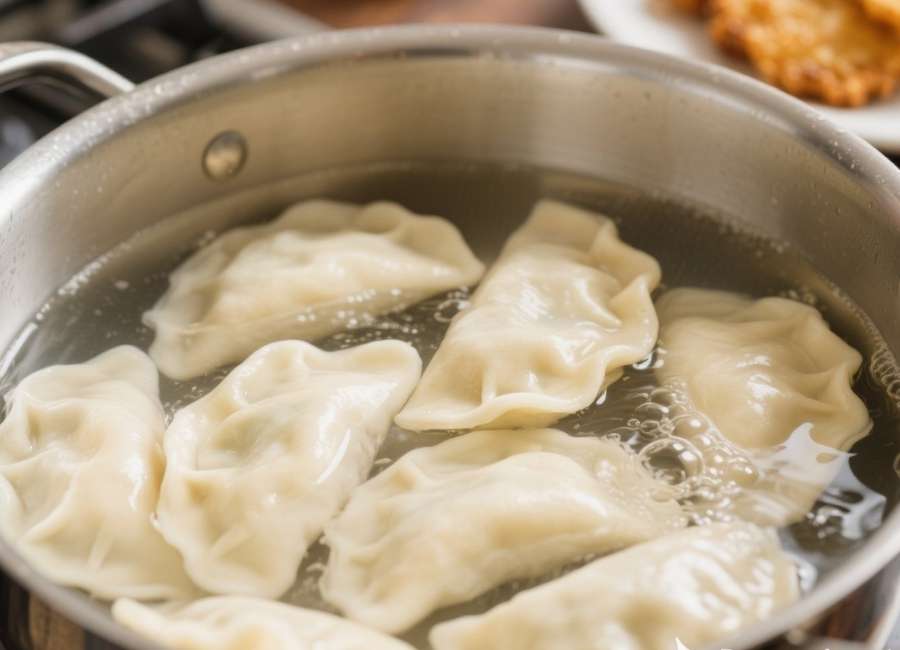
How you cook your pierogies is just as important as what’s inside them. The two most common methods are boiling and frying.
Boiling Pierogies
Boiling is a straightforward cooking method that doesn’t add extra fat or calories. You simply place the pierogies in boiling water until they float to the surface.
- Lower in Calories: Boiling doesn’t require oil, keeping the calorie count closer to the pierogi’s baseline. (Calorie-Rich Cheese Perogies: How Many Calories?, n.d.)
- Retains Nutrients: This method can help preserve more of the water-soluble vitamins in the filling compared to high-heat frying. (Does cooking destroy micronutrients in food?, n.d.)
- Softer Texture: Boiled pierogies are soft and tender.
From a weight loss perspective, boiling is the superior choice. It keeps the dish lean and clean.
Frying Pierogies
Frying often involves sautéing boiled pierogies in butter or oil, frequently with onions. While this method adds a crispy texture and rich flavor, it comes at a nutritional cost.
- Higher in Fat and Calories: The added butter or oil significantly increases the calorie and fat content. (Can Boiled Pierogies Be Healthy for Weight Loss, n.d.)
- Potential for Nutrient Loss: High heat can degrade some of the sensitive nutrients in the filling. (Fillion et al., 1998)
- Adds Unhealthy Fats: Depending on the oil used, you could be adding saturated or trans fats to your meal. (5 Healthiest Oils For Frying, According to a Dietitian, 2025)
If weight loss is your goal, it’s best to limit or avoid fried pierogies. The extra calories can quickly add up and sabotage your efforts.
Making Pierogies Part of a Weight Loss Plan

Yes, you can eat pierogies and still lose weight. The key is to be smart about how you prepare and consume them.
Here are a few actionable tips:
- Choose Your Filling Wisely: Opt for leaner, nutrient-dense fillings. Sauerkraut and mushroom or lean farmer’s cheese are excellent choices. If you make them at home, you have full control over the ingredients.
- Stick to Boiling: Always choose boiled over fried. This single decision can save you hundreds of calories per serving.
- Watch Your Toppings: A common pitfall is loading pierogies with high-fat toppings like sour cream, bacon bits, and melted butter. Instead, try these lighter alternatives:
- A dollop of non-fat Greek yogurt for a creamy texture and a protein boost.
- Fresh herbs like dill or chives for flavor without calories.
- Caramelized onions made with minimal oil.
- Manage Portion Sizes: Pierogies are calorie-dense. A typical serving of 5-6 pierogies can be a satisfying meal, especially when paired with a side salad or steamed vegetables. (Calories in Peter and Pat’s Pierogies and Nutrition Facts, n.d.) Avoid eating them straight from the pot. Serve a specific portion on your plate.
- Pair with Vegetables: To create a balanced meal, fill half your plate with non-starchy vegetables. A large side salad or a portion of steamed broccoli will add fiber and nutrients, helping you feel full with fewer pierogies.
The Final Verdict
Boiled pierogies can absolutely be a part of a healthy weight loss diet, provided you make smart choices. By opting for lean fillings, boiling instead of frying, using healthy toppings, and controlling your portions, you can enjoy this comfort food without guilt.
Like any food, moderation and mindful preparation are essential. Focus on building a balanced plate where pierogies are just one component, complemented by plenty of vegetables and lean protein. This approach allows you to enjoy the foods you love while still making progress toward your health and weight loss goals.
